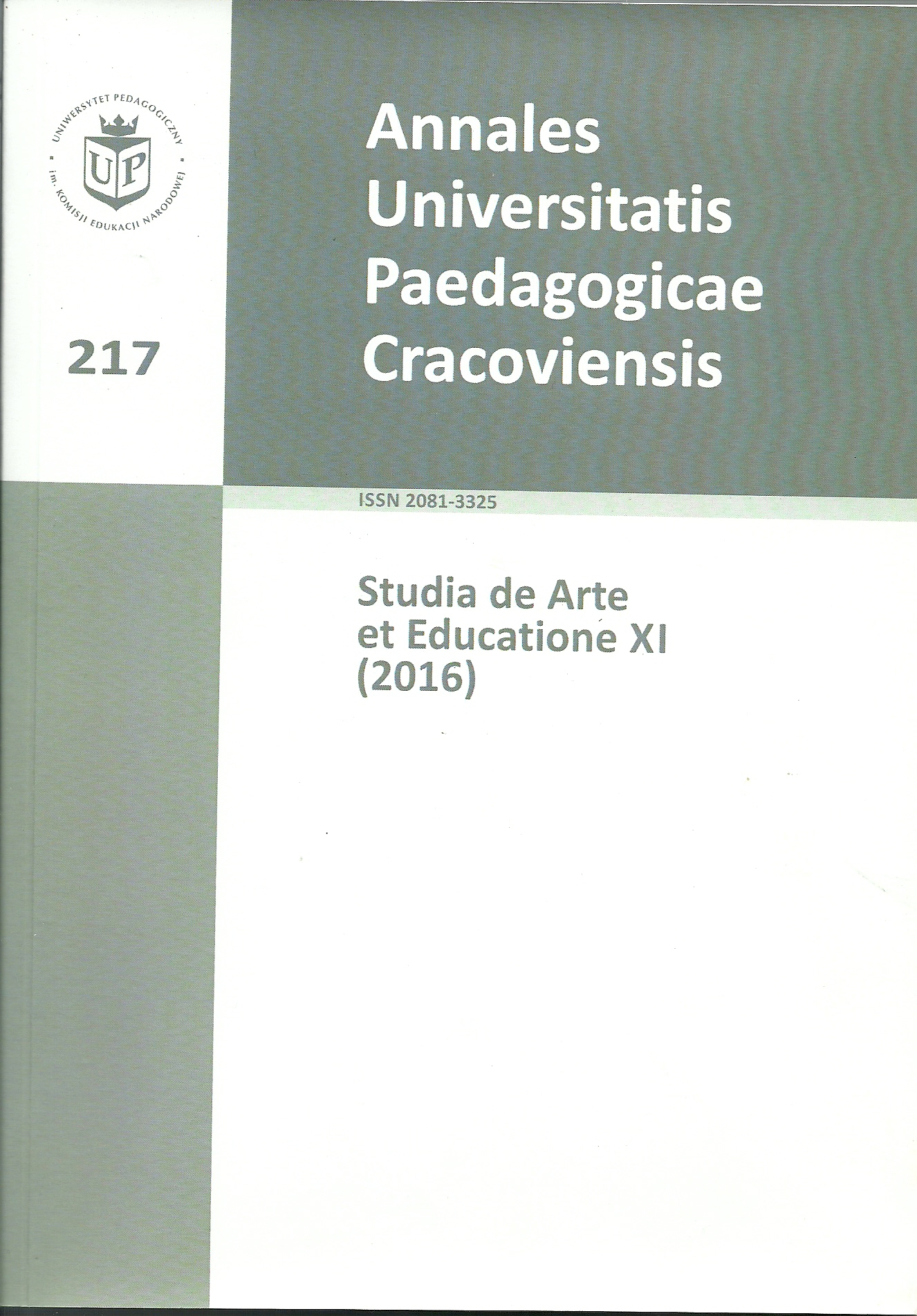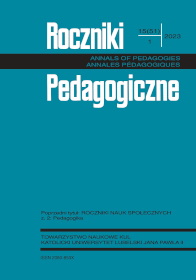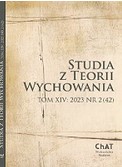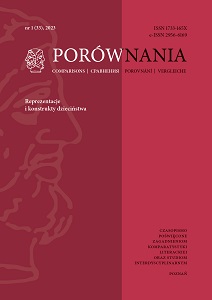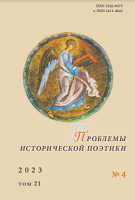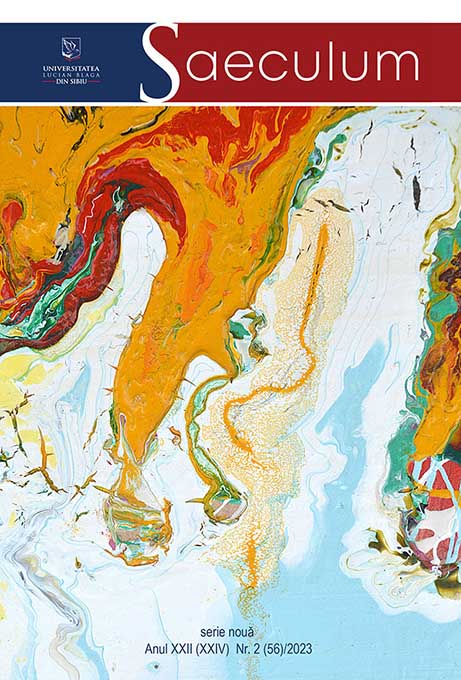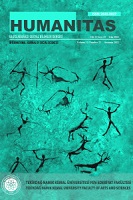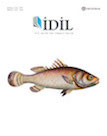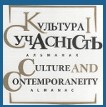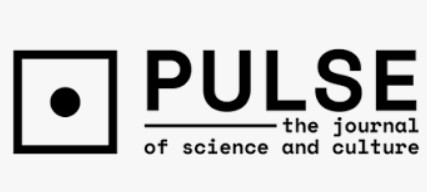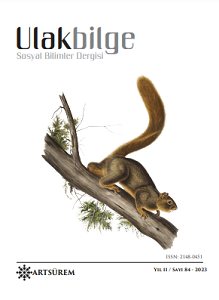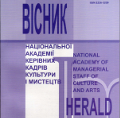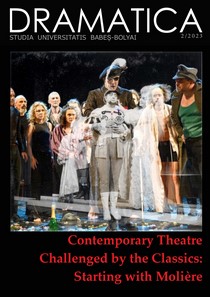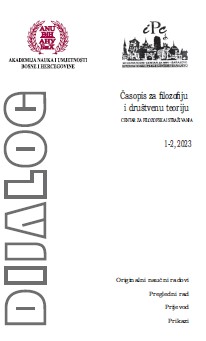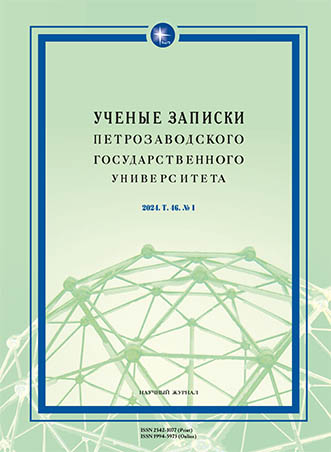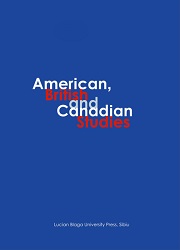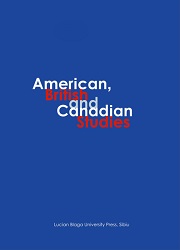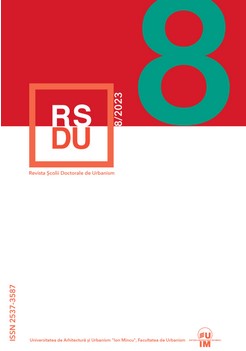Author(s): Aşkın Bahadır / Language(s): Turkish
Issue: 84/2023
The concept of ontology, which means "science of being", is a field of philosophy that investigates what really exists, what types of things exist and how they are used. The most fundamental question of ontology is “what is being?” and “what are the things that are totally fundamental?” is the question. According to the ontological approach, there are two types of existence as Real (real) Entities and Irreal (Ideal) Entities. Real beings are those that are perceived by the senses and examined by science. Ideal, that is, irreal entities, are entities that cannot be perceived by the senses, but are grasped by mental thought process and intuition. The main purpose of ontology is to reach these irreal entities. How the work of art exists is questioned by the ontology of art. In the ontological analysis of the work of art, there is an order of real and irreal layers, and the work has seven layers of existence. In the real layer, which is the first layer of existence, materially what the work is is explained. In the second layer, the entity layer, the sense of depth in the work, the determination of light and shadow, figures, objects and objects are defined and the compositional setup is explained. In the third layer of existence, the element of movement in the work and how it emerged is revealed. The fourth entity layer, on the other hand, includes revealing the color element and revealing the character and harmony of the color. The fifth entity layer includes the spiritual reading of the figures' mood and body facial expressions. In the sixth layer of existence, the psychology that appears in the portraits should be tried to be determined. The seventh and last layer of existence is defined as the ideality layer, and the background of the work as the universal idea is revealed. In this layer, the basic idea of the work, its philosophy and the concepts that shape the work should be revealed. This method, which is applied in the ontological analysis of the artistic work, can also be used in contemporary artistic applications. In this context, selected self-portraits of Cindy Sherman and Shirin Neshat, which were sampled in the research, were analyzed using the ontological analysis method. In the layers of ontological analysis, it has been determined that both artists create self-portraits in the field of photography, they present fictional reality to the viewer while revealing these self-portraits, and they create a set of feminist meanings by creating ideality in the deepest ontic layer.
More...
